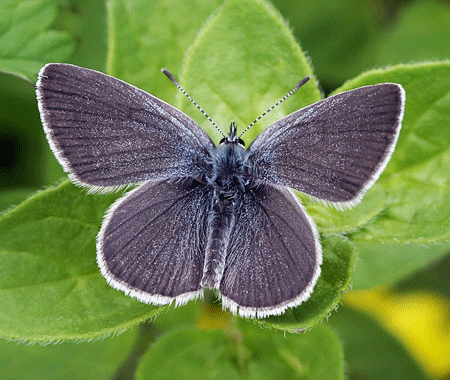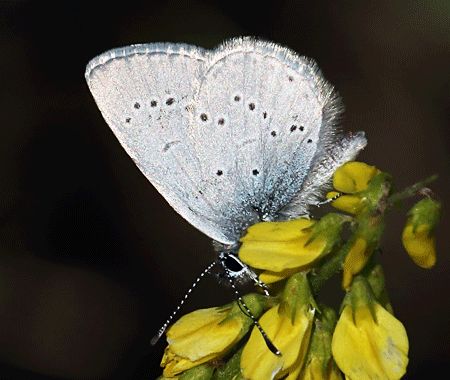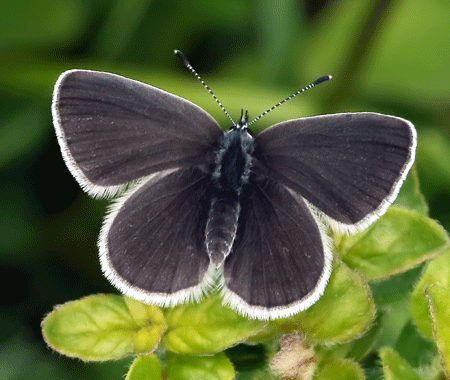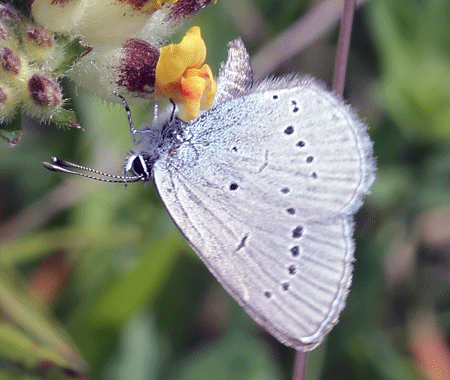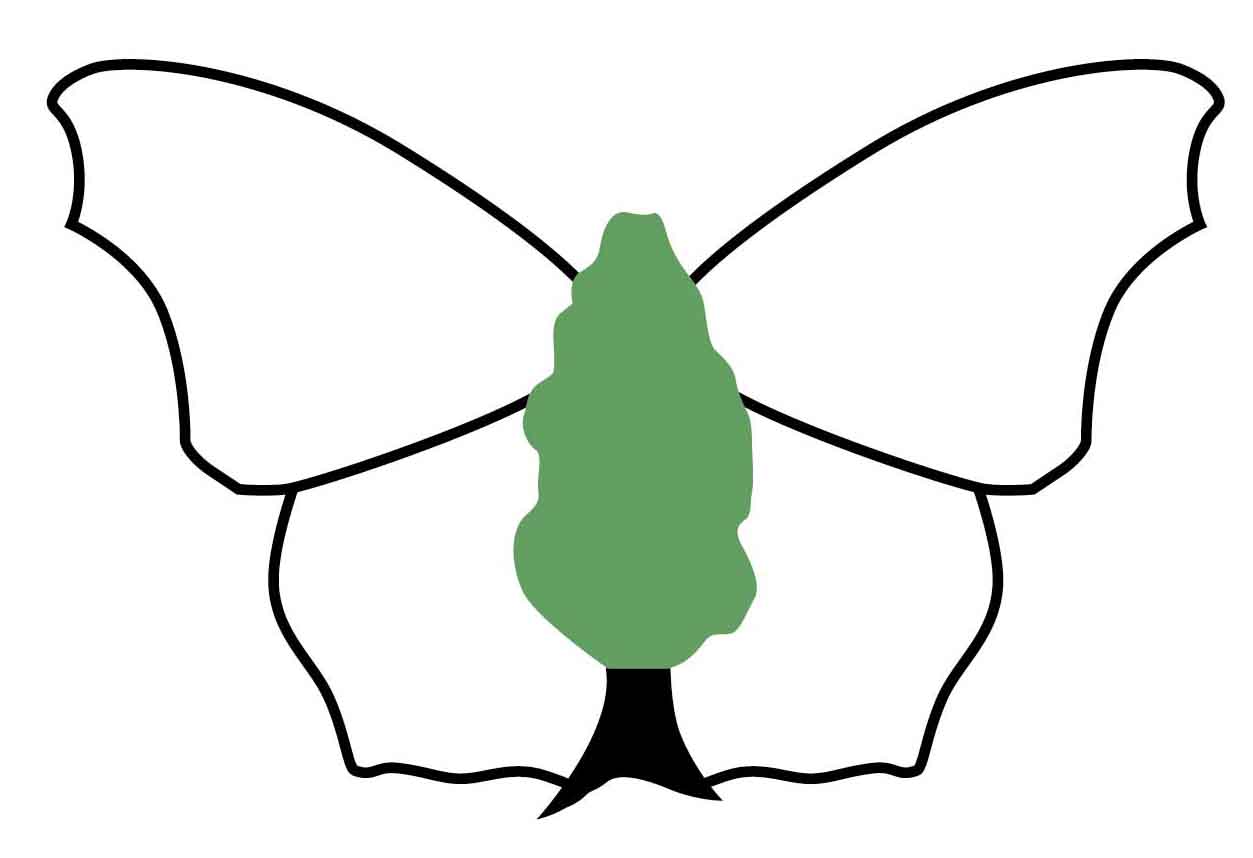 | Butterfly Conservation Saving butterflies, moths and our environment | Upper Thames Branch |  |
Small Blue (Cupido minimus) | ||||||||||||||||||||||||
| Description | ||||||||||||||||||||||||
| Wing span: 18-27 mm. The Small Blue is the smallest British butterfly. The sexes are similar in appearance, although the male upperside is dark grey with a dusting of blue scales, whereas the female is more dark brown in colour. Both sexes have white fringes to their wings. The underwing is very distinctive, being silvery-grey with a scattering of small black dots, and lacking any orange markings (the Holly Blue is superficially similar, but is larger and has pale blue underwings). This butterfly is mainly found in southern England and South Wales, but there are also colonies in the English midlands and northern Scotland. Most colonies are on downland or in quarries, but they are also found on road and railway verges. Sheltered sites with sparse vegetation are preferred, as these conditions suit the larval food-plant. | ||||||||||||||||||||||||
| Images (click to enlarge) | ||||||||||||||||||||||||
| ||||||||||||||||||||||||
| Life Cycle | ||||||||||||||||||||||||
| The larva is the over-wintering stage, pupating in April and May. Adults generally appear in early May at southern sites, reaching a peak at the end of May and beginning of June. There is a partial second generation in southern England, with adults appearing in late July and August. | ||||||||||||||||||||||||
| Larval Foodplants | ||||||||||||||||||||||||
| The only known larval food-plant in the UK is Kidney Vetch (Anthyllis vulneraria). The larvae live in the flower heads, where they feed on developing anthers and seed. | ||||||||||||||||||||||||
| Nectar Sources | ||||||||||||||||||||||||
| Adults will visit flowers such as Bird's-foot Trefoil and Kidney Vetch. | ||||||||||||||||||||||||
| UK Conservation Status | ||||||||||||||||||||||||
| Near Threatened | ||||||||||||||||||||||||
| Earliest UTB first sighting (since 2004) : 21st April | ||||||||||||||||||||||||
| Mean UTB first sighting (since 2004) : 8th May | ||||||||||||||||||||||||
| Species Champion | ||||||||||||||||||||||||
| Andy Spragg Email: small-blue@upperthames-butterflies.upperthames-butterflies.org.uk | ||||||||||||||||||||||||
| Reports | ||||||||||||||||||||||||
| Distribution and Sites | ||||||||||||||||||||||||
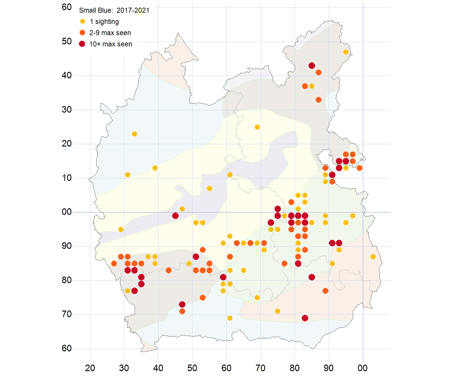 Key |
| |||||||||||||||||||||||
| Related Species | ||||||||||||||||||||||||
| ||||||||||||||||||||||||
Copyright © Butterfly Conservation Upper Thames Branch 2025
Privacy and Copyright Statement
Butterfly Conservation : Company limited by guarantee, registered in England (2206468)
Registered Office: Manor Yard, East Lulworth, Wareham, Dorset, BH20 5QP, Tel: 01929 400 209
Charity registered in England & Wales (254937) and in Scotland (SCO39268)
Privacy and Copyright Statement
Butterfly Conservation : Company limited by guarantee, registered in England (2206468)
Registered Office: Manor Yard, East Lulworth, Wareham, Dorset, BH20 5QP, Tel: 01929 400 209
Charity registered in England & Wales (254937) and in Scotland (SCO39268)

